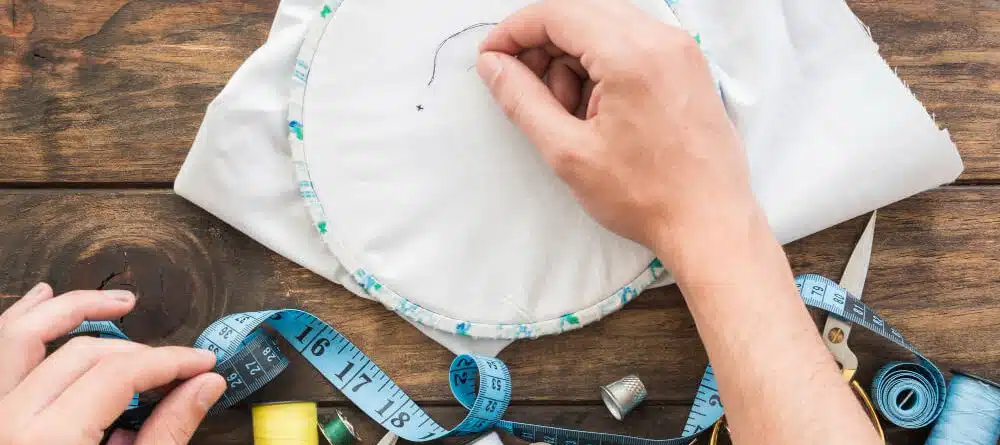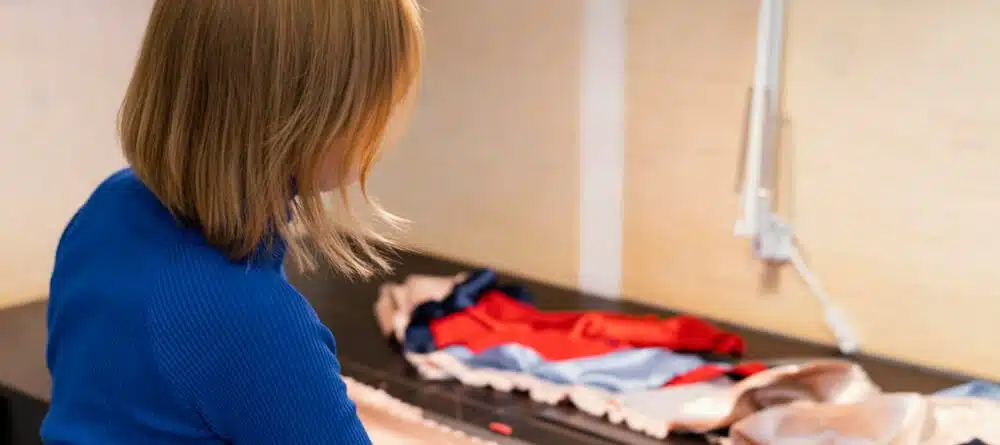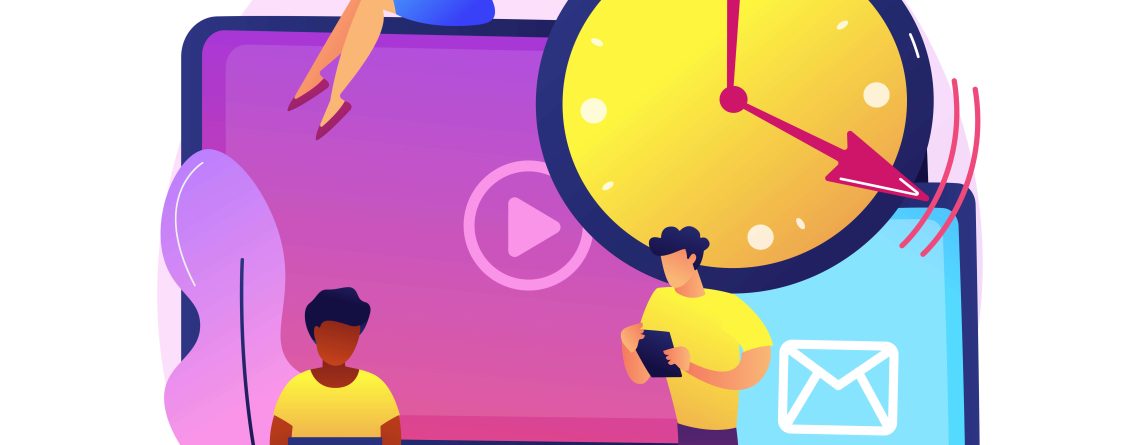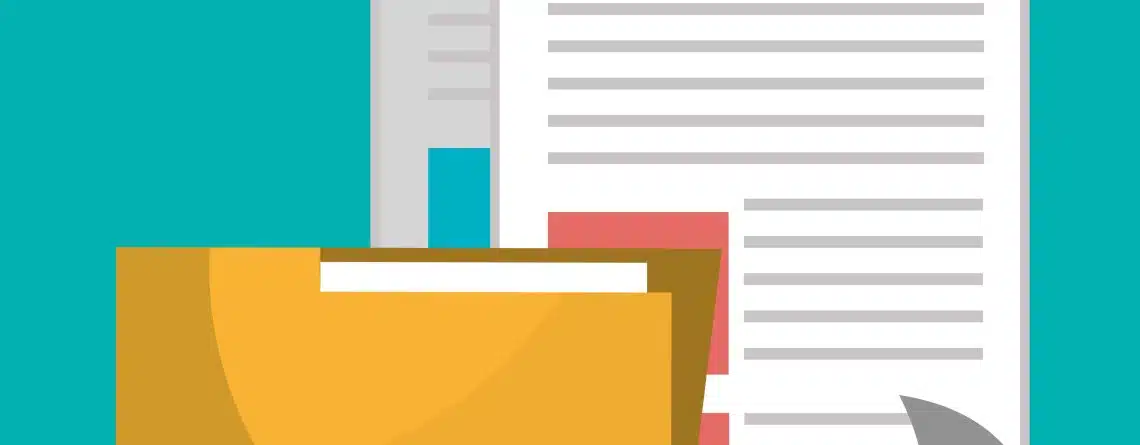Why Vector Art is Crucial for Clean Embroidery Results
When it comes to embroidery digitizing, vector art plays a key role in achieving sharp, precise, and professional results. Whether you’re creating custom patches, uniforms, or branded apparel, starting with clean vector artwork ensures your embroidery design looks perfect when stitched out.
What Is Vector Art?
Vector art is created using mathematical paths instead of pixels. This means the design can be resized infinitely without losing quality. Unlike raster images (like JPEG or PNG), vector files remain crisp and clear at any scale, which is essential for embroidery digitizing.
Common vector formats include AI, SVG, EPS, and PDF. These files help digitizers accurately convert every shape, line, and curve into stitches that maintain the original design’s integrity.
Lear More: Digitizing Services
Why Vector Art Matters in Embroidery
When embroidery digitizers work with vector files, the process becomes smoother and more precise. Here’s why:
- Accuracy in Stitching: Vector art ensures clean lines and consistent edges, allowing digitizers to create precise stitch paths.
- Smooth Scaling: Whether the design is for a small badge or a large jacket back, vector art keeps details intact.
- Reduced Errors: Vector files eliminate blurry edges and unclear outlines that can cause thread overlaps or gaps.
- Better Color Separation: Since vector artwork uses defined shapes and layers, it’s easier to assign thread colors accurately.
Simply put, clean vector artwork equals clean embroidery results.
From Vector to Stitches: The Digitizing Process
Before an embroidery machine can stitch your design, the artwork must be digitized. This process converts vector paths into stitch commands. With vector art, the conversion is smooth because the software reads clear outlines and shapes—resulting in neat stitch patterns and balanced thread density.
Poor-quality artwork, on the other hand, forces digitizers to redraw elements, which can lead to misaligned stitches and uneven textures.
Learn About Our Services: Patch Services
The NKEMB Advantage
At NKEMB, every embroidery project starts with clean vector preparation. Our vector experts ensures that your logos, graphics, and illustrations are fully optimized for embroidery digitizing. We fine-tune every curve, simplify shapes, and enhance clarity—so your final stitched design comes out sharp and professional.
NKEMB’s team uses advanced digitizing techniques to maintain the accuracy and texture of your artwork, no matter how complex the design is. Whether it’s for business branding, team apparel, or promotional patches, NKEMB delivers embroidery results that stand out with precision and quality.
Conclusion
Vector art isn’t just a design format—it’s the foundation of high-quality embroidery. It ensures crisp edges, balanced colors, and smooth stitching in every design.
When you want flawless embroidery results, start with clean vector art—and trust NKEMB to transform your ideas into professional, stitch-ready artwork that looks stunning on fabric every time.
FAQs About Vector Art and Embroidery
What makes vector art better than raster images for embroidery?
Vector art is resolution-independent, meaning it stays sharp and clean no matter the size. Raster images, like JPEGs or PNGs, can become blurry or pixelated when enlarged, which affects stitch quality in embroidery.
Can NKEMB convert my raster logo into vector art for embroidery?
Yes! NKEMB offers vector art services that convert any logo or design into clean, scalable vector files suitable for embroidery digitizing.
Do I need vector art if my design looks fine on screen?
Yes. Even if a raster image looks sharp digitally, it may lose clarity when converted for stitching. Vector files ensure precise stitch mapping and perfect alignment during embroidery.
What file types should I submit for the best embroidery results?
Submit files in AI, SVG, EPS, or PDF format. These are standard vector formats that guarantee the highest embroidery accuracy.
How does NKEMB ensure my design stitches cleanly?
NKEMB’s experts refine every vector detail, adjust stitch directions, and balance thread density to ensure smooth, clean embroidery results—no distortion or uneven stitching.










